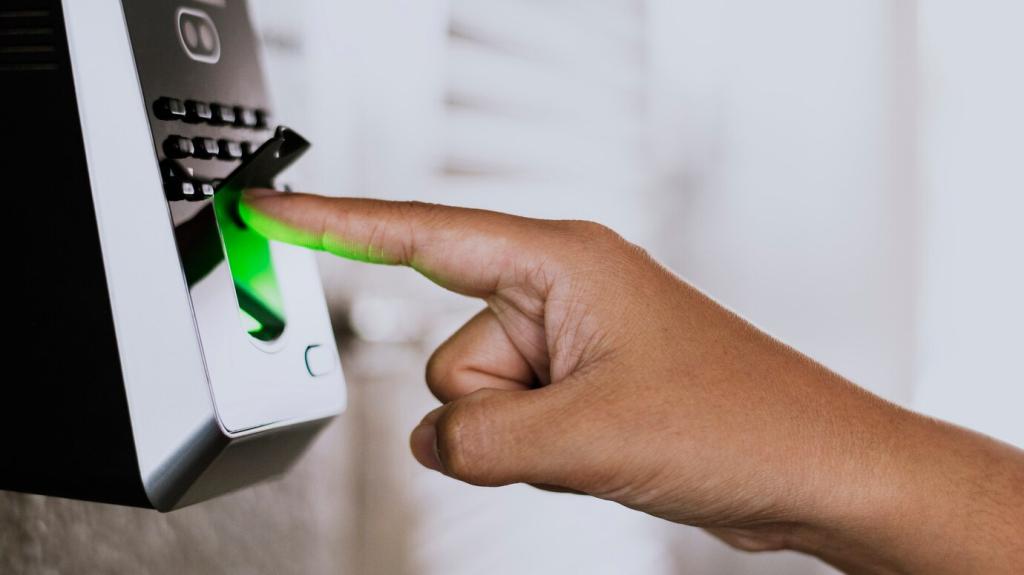DIY vs. Professional Installation: Which is Best for Steel Safes?
What “Best” Really Means for Your Steel Safe
Security Is a System, Not a Bolt
A steel safe is only as secure as the surface under it and the anchors holding it. Think leverage points, pry resistance, and anchoring depth. Define success as a system that resists real attacks, not just a safe that looks heavy. Share your priorities so we can tailor future tips.
Cost Beyond the Price Tag
DIY can trim immediate costs, but errors are expensive: broken tiles, stripped anchors, or a safe that shifts during a pry attempt. Professionals cost more upfront yet often reduce long-term risk. Comment with your budget range, and we’ll suggest smart compromises that protect both cash and valuables.
Time, Stress, and Accountability
Weekend projects can stretch into weeks when masonry bits burn out and studs refuse to cooperate. Consider your tolerance for dust, noise, and problem-solving. Professionals bring scheduling and accountability. Tell us how much time you can invest, and subscribe for time-savvy tactics that respect your calendar.

Essential Tools and Common Missteps
Expect to use a hammer drill, carbide or diamond masonry bits, a torque-rated impact driver, vacuum, stud finder, and quality wedge anchors. The most frequent DIY errors are misaligned holes, shallow embedment, and overtightening. Share your toolkit in the comments, and we’ll recommend upgrades that punch above their price.

Anchoring Like It Matters (Because It Does)
Measure twice, drill once, clean the hole, then test. Debris left in a hole reduces holding power dramatically. Use proper embedment depth and verify torque against anchor specs. After tightening, attempt to shift the safe; if it budges, reassess. Subscribe for our upcoming anchor testing checklist and photo walkthrough.
Professional Installation: Expertise, Codes, and Accountability
Installers assess slab thickness, joist direction, moisture risks, and wall geometry before drilling. They choose anchors that fit your specific substrate and the safe’s weight. That holistic view prevents costly surprises. Ask what their plan is for your home; a good pro will explain clearly and welcome your questions.


Professional Installation: Expertise, Codes, and Accountability
Basements, raised foundations, and post-tension slabs all behave differently. Pros carry fasteners for concrete, grout-filled block, and structural lumber, and they test pull-out strength. The right anchor in the wrong material is failure disguised as progress. Comment with your floor type, and we’ll share material-specific insights next week.
Home Realities: Floors, Walls, and Hidden Hazards
Concrete slabs offer strong anchoring when thickness and composition are known. Raised floors demand anchoring into joists or added backing plates. Both need careful planning to avoid utilities. Share your floor type, and we’ll send tailored guidance in our newsletter tailored to your structure and safe weight.
Security Outcomes: How Thieves Exploit Weak Installs

Leverage and Pry Attacks Made Easy
Burglars look for clearance under a safe to jam a bar and roll it, or for loose anchors to peel doors. Minimizing gaps and maximizing anchor engagement are critical. If you’ve seen pry marks on a safe, describe them anonymously. Your story might help someone reinforce their setup today.

Shear Failures and Anchor Pull-Outs
Short embedment, dusty holes, and incorrect torque reduce holding values drastically, especially in cracked concrete. Attackers exploit vibration and lateral force to walk a safe free. We’ll publish test data on common anchors soon. Subscribe to get those results first and strengthen your installation before trouble arrives.

A Case Study from a Neighborhood Watch
In one burglary, a team tipped a safe onto a rug and dragged it to a truck. Anchors? None. A neighbor’s motion light caught only taillights. The owner now has four rated anchors and reinforced framing. Share your prevention wins so others can apply them before learning the hard way.
Cost–Benefit Without the Boring Math
The Price of a Mistake
Cracked tile, hit pipes, or a compromised slab can dwarf savings from DIY. Even replacing anchors costs time and frustration. Budget for bits, anchors, and detection tools. If you’ve priced your project, post your numbers and we’ll suggest where to splurge or save without undercutting security.
Insurance and Documentation
Some insurers ask about anchoring, location, and install documentation. Photos, receipts, and specifications can influence claims. A professional invoice neatly answers questions. DIYers can document meticulously too. Want a documentation checklist? Subscribe and comment with your insurer’s requirements so we can tailor the template.
Moving, Upgrading, and Resale
A well-installed safe can be relocated with minimal drama if anchors are chosen wisely. Reversible methods matter for future renovations. Ask your installer—or plan DIY—so removal won’t scar floors. Share your moving experiences, and we’ll compile a reader-powered relocation guide packed with practical, tested advice.
Decision Guide: Choose Your Path with Confidence
If You Should DIY
Choose DIY if you’re comfortable drilling masonry or structural lumber, own a hammer drill, can identify utilities, and will test anchors aggressively. You enjoy detailed prep and documentation. Comment with your plan and we’ll sanity-check it together, step by step, so you can proceed confidently and safely.


If You Should Hire a Pro
Hire a professional if your substrate is unknown, utilities are dense, the safe is extremely heavy, or compliance matters. Ask for anchor types, testing methods, and a walk-through. If you’ve hired before, share what you asked and learned, and subscribe for our vetted question list for installers.
